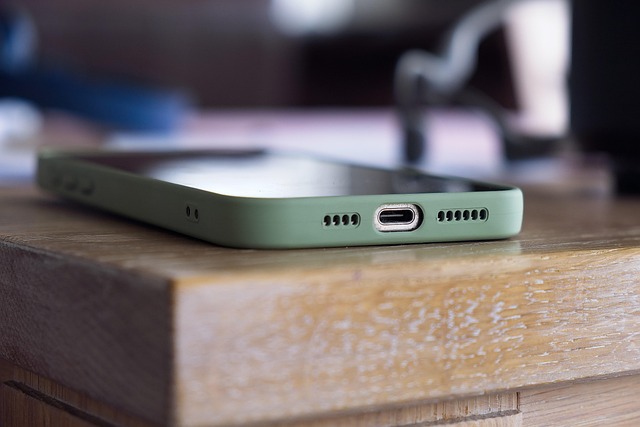Step-by-Step Guide to Cleaning Keyboards with Reusable Tack Compounds
Reusable tack compounds offer a portable, nonabrasive option for removing dust and debris from electronics such as keyboards. This short guide explains how these putty-like materials work, safe use considerations, and practical maintenance steps to keep crevices, vents, and key tops cleaner without harsh chemicals.

Reusable tack compounds — sometimes called cleaning putty or tack putty — are pliable materials designed to pick up dust, crumbs, and loose particles from surfaces without abrasive friction. When used carefully on keyboards and other electronics, they can lift debris from crevices and between keys, improving hygiene and reducing buildup near vents. This article outlines safe, detail-focused steps for using tack compounds on keyboards, explains why nonabrasive handling matters for electronics, and offers practical storage and maintenance guidance to preserve performance and safety.
How can electronics-safe cleaning protect keyboards?
Electronics are sensitive to moisture, static, and abrasive contact. When cleaning keyboards, choose tools and compounds specifically labeled as electronics-safe or nonconductive. Tack compounds that are nonabrasive and low-residue reduce the risk of scratching key surfaces or leaving sticky films that attract more dust. Work in a well-lit area and avoid pressing the putty into gaps too forcefully; gentle lifts let the putty capture particles while minimizing pressure on switches and circuit components beneath the keys.
What makes reusable tack putty nonabrasive?
Reusable tack putty is formulated to be soft and cohesive rather than gritty. That putty-like consistency lets the material conform to key shapes and reach crevices without abrading plastic or printed legends on keycaps. Check product labels for terms like nonabrasive, nonresidue, or safe for plastics. Avoid compounds that contain solvents or polish agents. After use, examine a small test area to ensure no sheen or residue remains; if residue appears, discontinue use and clean the area with a lint-free cloth and appropriate electronics-safe cleaner.
How to remove dust from keyboard crevices and vents?
Start by turning the keyboard upside down and gently shaking it to dislodge loose debris. Use compressed air briefly to blow out larger particles from vents and deeper crevices, keeping the nozzle at a safe distance. Press a small amount of tack compound onto the putty until it holds a slight tack, then roll it lightly along key tops and into crevices; the putty should lift dust and hair without leaving strands behind. Replace or rotate the putty section as it becomes saturated to maintain cleaning effectiveness.
Are portable cleaning gels suitable for hygiene and safety?
Portable tack compounds provide a convenient, hygienic option for spot cleaning when used correctly. Because they are reusable, keep them stored in a closed container between uses to limit contamination. Avoid sharing the same piece of putty between multiple users or across devices used in different environments. For hygiene, pair putty cleaning with routine surface disinfection of high-touch areas using an appropriate electronics-safe disinfectant; do not apply liquid disinfectants directly while putty cleaning is in progress.
Maintenance and storage tips for detailed keyboard care
After each session, return the tack compound to its storage case to prevent dust pickup and moisture exposure. Clean the compound by kneading and removing embedded debris until a fresh surface is available; discard when it darkens or loses elasticity. For keyboards, adopt a maintenance schedule—light putty cleaning weekly in dusty environments, deeper cleaning monthly. Store putty at room temperature away from heat sources and direct sunlight to preserve its texture and tack properties over time.
Step-by-step use of tack compounds on keyboards
- Power down and unplug the keyboard. 2. Shake and use compressed air to remove loose debris. 3. Test a small keyboard corner to ensure no residue appears. 4. Press and roll a small piece of putty over keycaps and crevices, working methodically across rows. 5. Replace the putty when saturated and avoid pressing into switches. 6. After cleaning, inspect vents and use a soft brush for any remaining particles. Follow product safety guidance and keep the compound stored in its container.
Conclusion
Reusable tack compounds can be a practical, nonabrasive tool for keyboard maintenance when chosen and used with attention to electronics safety and hygiene. They are most effective for lifting surface dust and debris from key tops, crevices, and vents, and work best as part of a broader care routine that includes occasional compressed-air cleaning and careful storage. Regular, gentle maintenance helps preserve keyboard detail and function while minimizing risk to underlying electronics.






